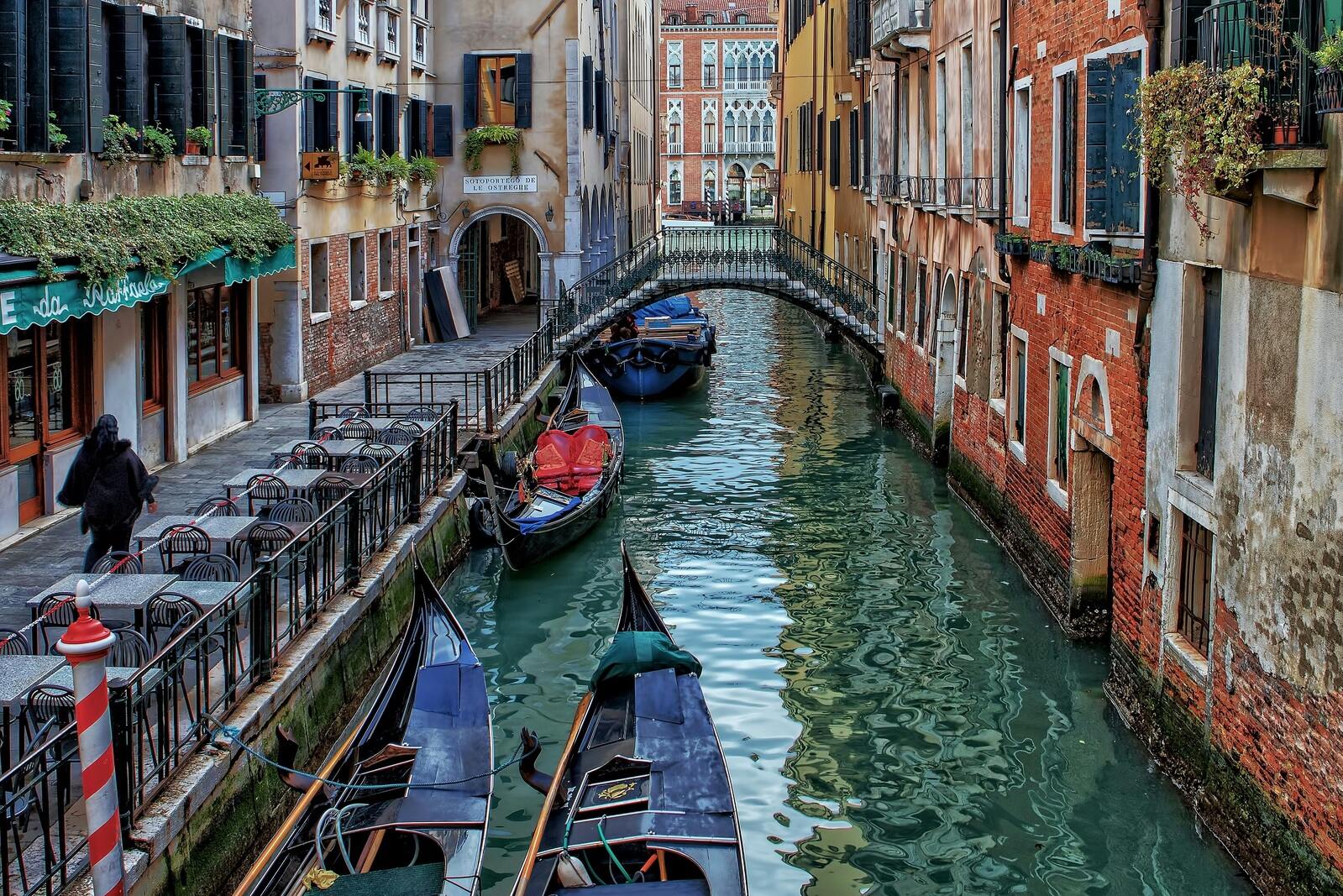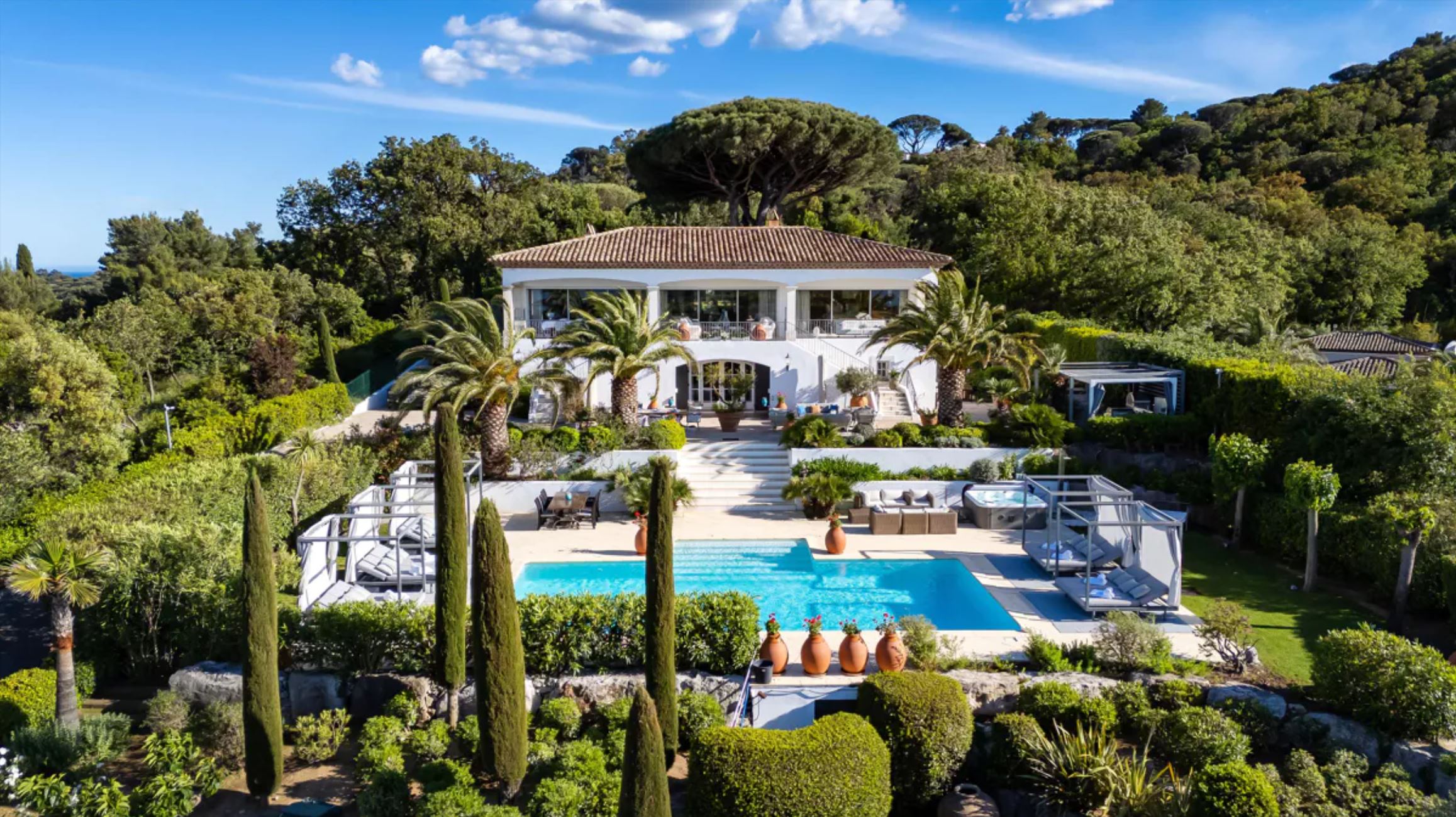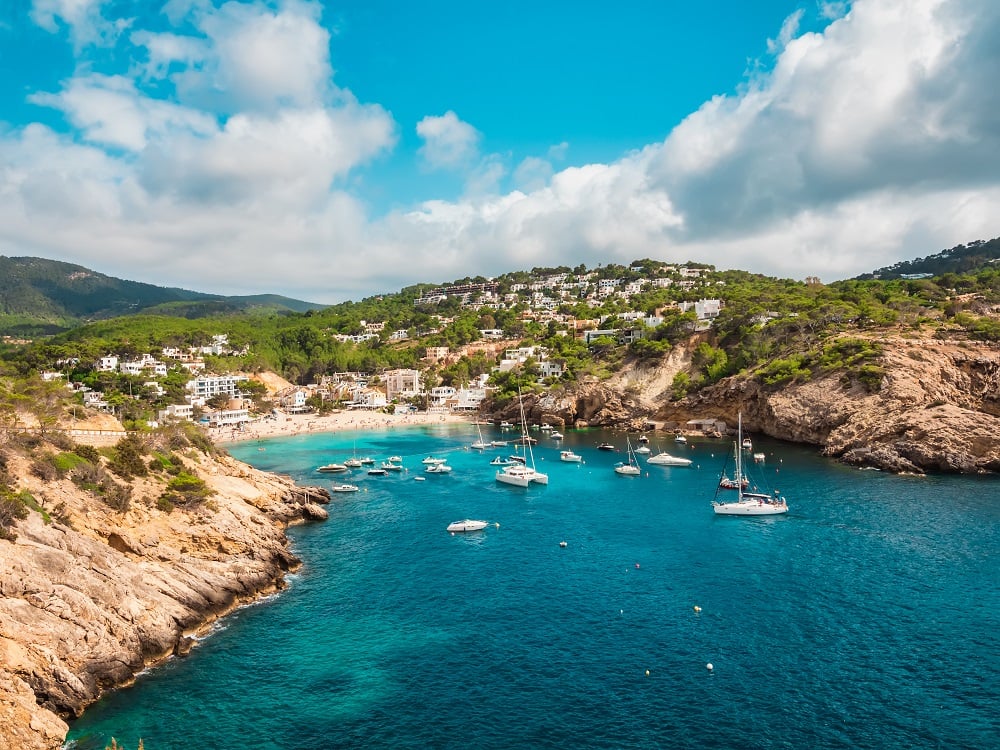In search of the Italian dream: rural beauty or city culture
How Knight Frank can help you find the ideal property to suit your lifestyle
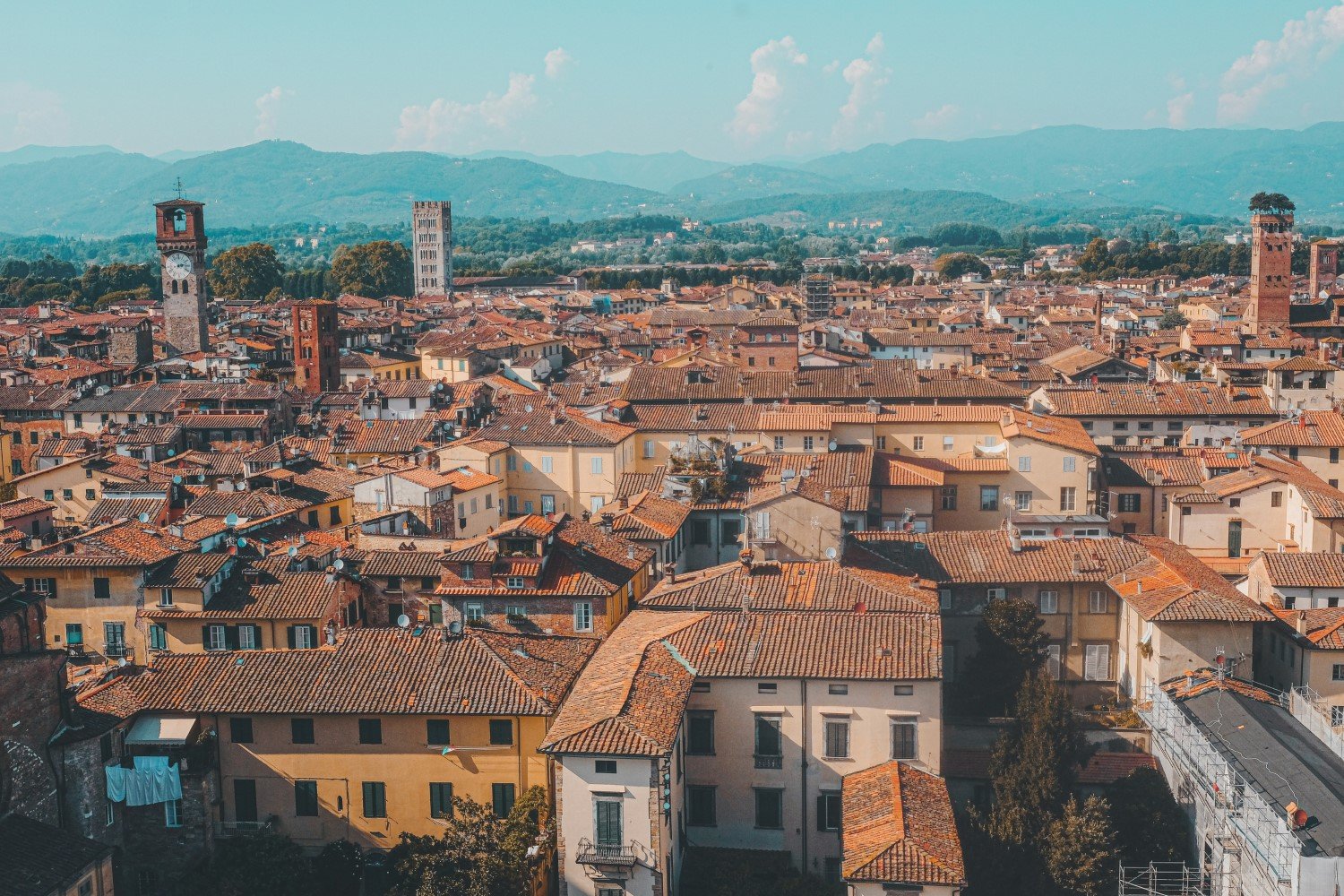
The Italian flair for culture, fashion, food and living well is renowned. It’s the country with the most UNESCO World Heritage Sites, 59 of them, and its architecture and art have brought visitors for centuries, helping to propel it into the world’s fourth most visited tourist destination in 2023.
For international purchasers, owning an Italian home has an obvious appeal but choosing the best location requires careful thought. Do you need frequent access to an international airport? Are you looking for a permanent or semi-permanent home, perhaps requiring an international school nearby, or do you want a lock and leave weekend pad that will also provide rental income? Would you prefer culture on tap or to be immersed in peaceful countryside? City, country or coastal: the location is the first decision buyers must consider.
“In general, lifestyle buyers in Italy opt for traditional properties with clear heritage and true character,” says Andrew Blandford-Newson from Knight Frank’s international residential team. “That could be a rustic stone farmhouse or an apartment with frescos in a city palazzo. Some clients are very specific about where they want to be. They might need to be in Milan for work, for example. Others know they want Tuscan or Umbrian countryside but are unsure of the pros and cons of different locations. Helping clients to pinpoint the area to suit their lifestyle is a key part of my role.”
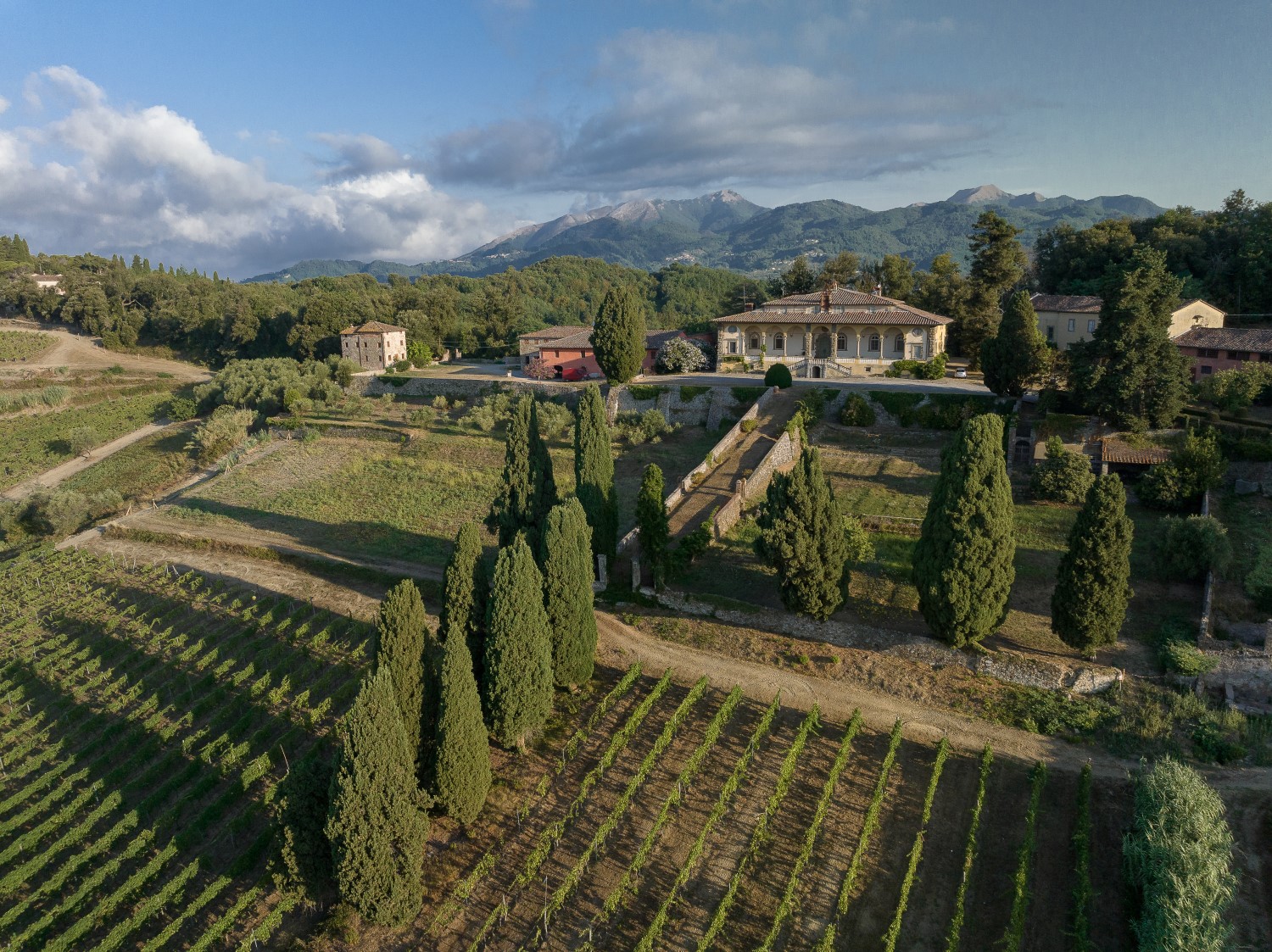
Country living
The dream of finding a remote rural farmhouse to restore is largely a thing of the past with the increased costs of refurbishment making buyers less eager to take on renovation projects. However, one thing that remains constant is the desire for a standout view.
“To draw back your curtains in the morning and see the protected natural Tuscan countryside, for example, is the goal,” confirms Blandford-Newson. “Clients also ask to be close to a village or town and often want some land, perhaps with an olive grove or vines, especially if it is managed by someone else and comes hassle-free. You feel like you are part of the agricultural journey but without the risks or hassle of production.”
The Forci Estate near Lucca is a prime example. It’s a fully managed biodynamic and organic farm with over 4,000 olive trees and 7 hectares of vineyards where 11 artfully renovated farmhouses are for sale, priced from €1,290,000. Owners each receive a set amount of the olive oil and wine produced.
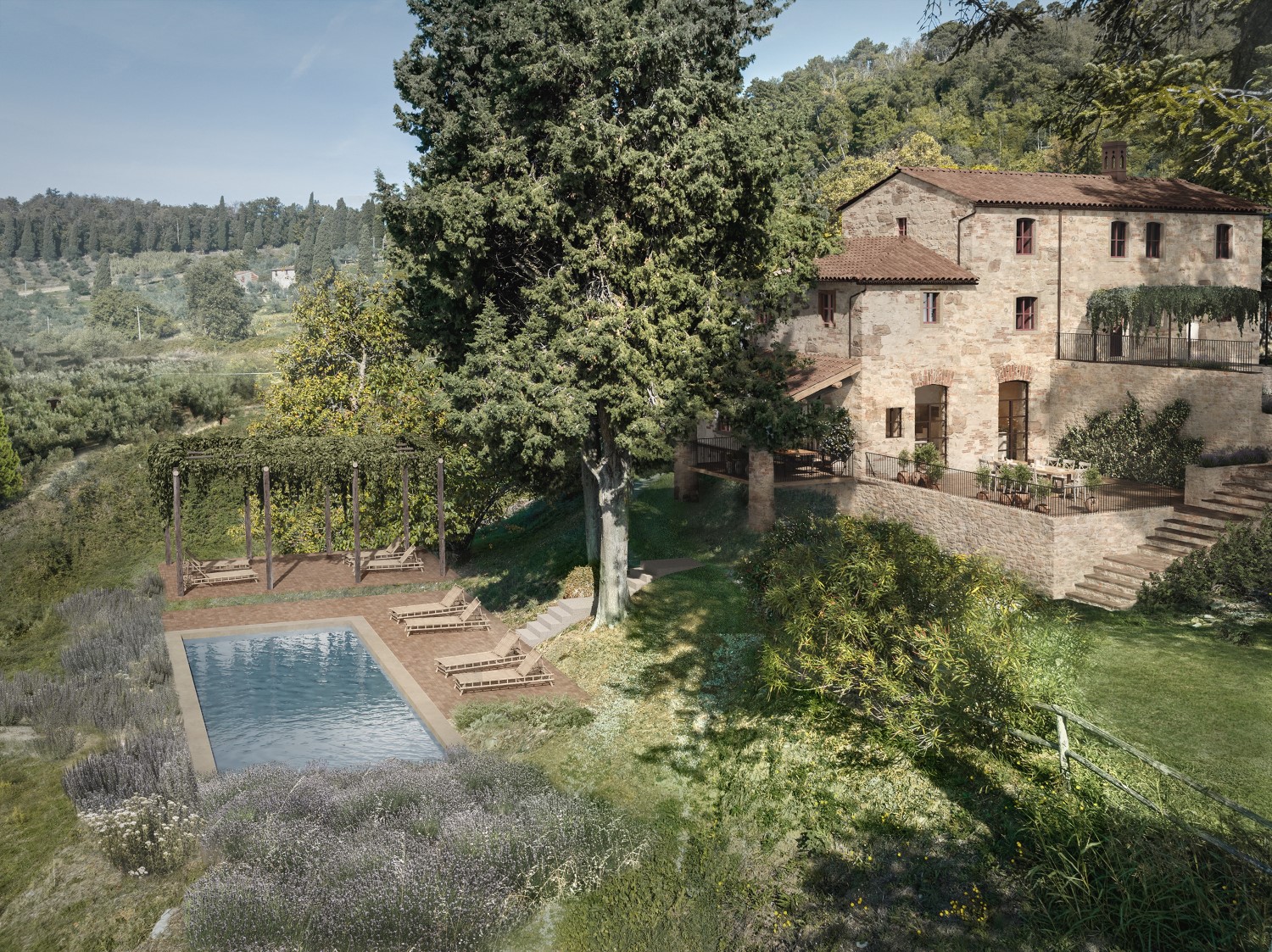
In the Tuscan wine region of Chianti, sought-after villages include Greve-in-Chianti, Rada-in-Chianti and pretty hill-top Panzano, given renewed prominence by its recent starring role in Netflix series Chef’s Table.
“Many clients spend time driving around Tuscany, exploring the region to understand the different areas,” says Blandford-Newson. “From Florence, I would advise a drive through the Chianti region and onto Siena and the Val d’Orcia beyond.”
Clients with a budget of €2 to €4 million may initially plan to be outside Florence but find more space for their money in Val d’Orcia. “While planning regulations are strict throughout Tuscany, there’s often a little more flexibility in the house renovations that are permitted the further away you are from the cities,” says Blandford-Newson. “Remember, however, that the Val d’Orcia is further from an international airport than Chianti, a compromise that many clients happily accept.”
Waterfront homes
For prestigious waterfront living, the locations sought-after by both domestic and international buyers include Tuscany’s beach resort of Forte dei Marmi, Portofino in Liguria and the northern lakes of Italy. Lake Como attracts buyers from across Europe, the USA and Asia, thanks to its outstanding natural beauty and swift, efficient links to Milan and the Swiss Alps. Prime properties here reach €10 million plus with the most prized super-prime lakefront homes selling for €20 million.
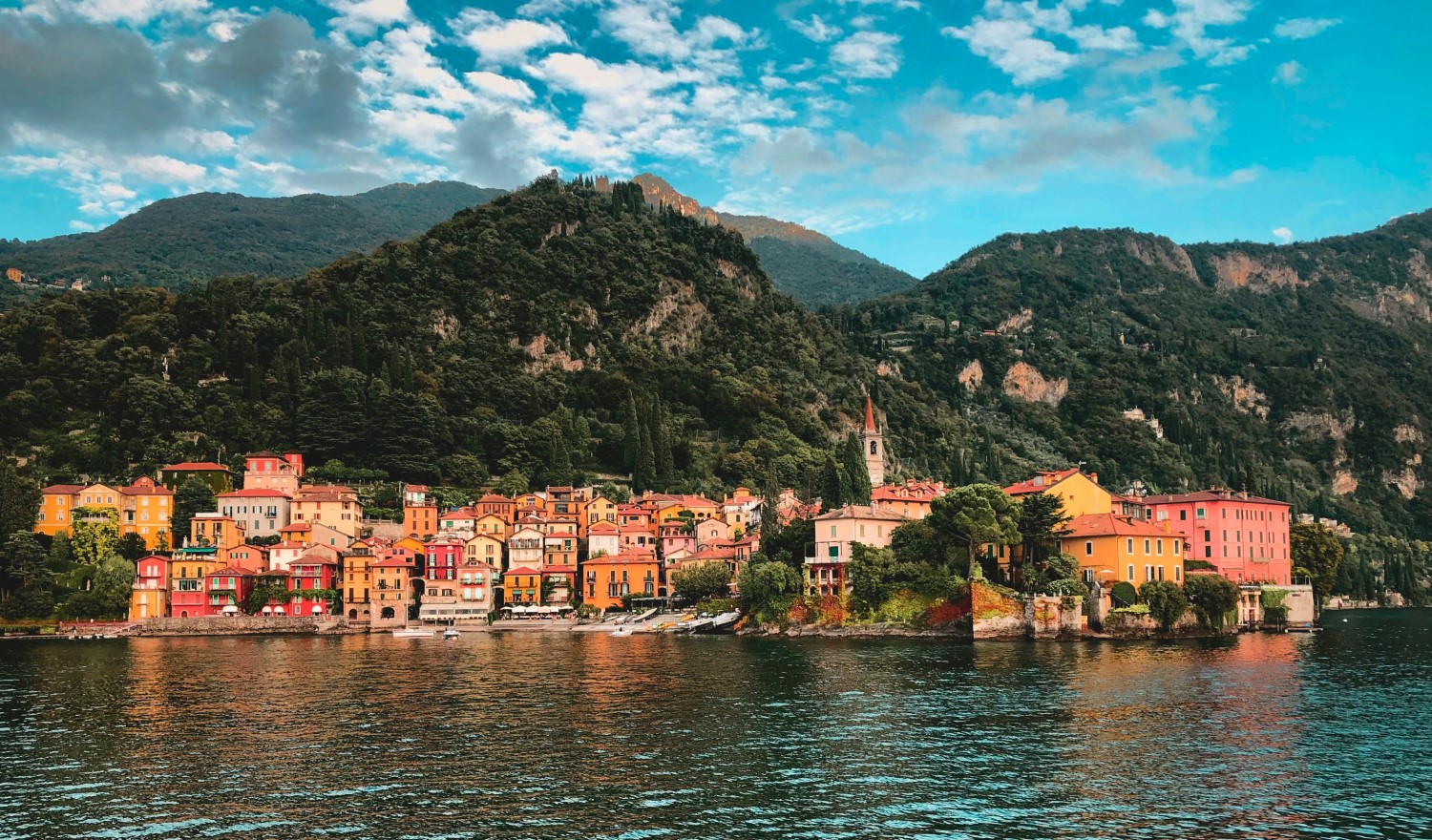
City life
A significant change among international buyers in the Italian market over the past 20 years has been the growth of interest in city homes. In Florence, it began when developers saw the potential to renovate grand, historic palazzos into high quality apartments offering full concierge services. Today, the cities of Venice, Rome and the Renaissance walled city of Lucca, see strong demand, with clients having a typical budget of €2 to €4 million.
“Owning a city pied-a-terre means you have a home for frequent weekend breaks and also a property that can provide rental returns,” says Blandford-Newson. “Clients are often very specific on the city where they want to live, they want to have a foothold in Venice or the artistic life of Florence. And in general, clients buying in cities are looking for a hassle-free turnkey home that requires no renovation, preferably one that’s fully managed.”
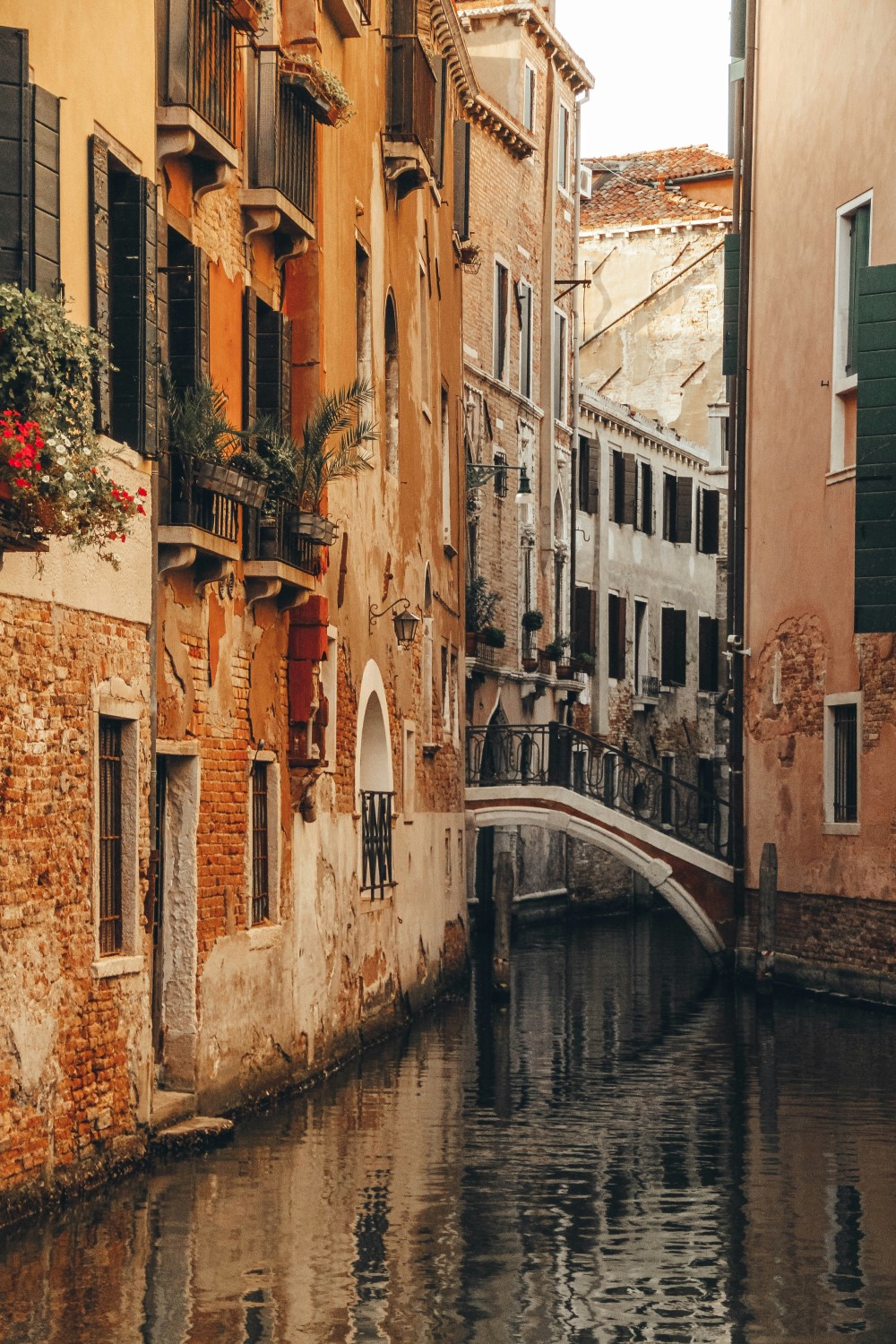

Conversely, the supreme heritage and undoubted romance of Italy means some clients happily take on a project. One of Blandford-Newson’s clients was captivated by a magnificent piano nobile apartment in a historic palazzo on Via Maggio in Florence. The property required total gutting and renovation, a process taking on average 12 to 18 months.
Recent proposed changes to the UK’s non-dom tax status have produced a noticeable increase in interest in Italian property, especially for those with budgets up to €10 million.
“We’ve had many calls from clients looking at Milan, the location of many private equity and financial firms as well as an iconic fashion and design base,” says Blandford-Newson. “Italy’s flat tax regime, introduced in 2017 allowing those who move their tax residency to Italy to pay a lump sum on all non-Italian sourced income for up to 15 years, also continues to attract wealthy buyers. Successful applicants are exempt from all inheritance and gift taxes for assets and real estate owned abroad.”
A city-country hybrid
For buyers looking for a combination of rural and urban life, the relatively smaller cities of Lucca and Florence both offer an attractive mix. The Lucca hills, more mountainous and rugged than those in Chianti, provide rustic life within 15-30 minutes of the year-round restaurants and bars of the city as well as good proximity to the Tuscan coast. Florence has two international schools, a magnet for many families who often choose to live in Fiesole, in the hills north of the historic centre.
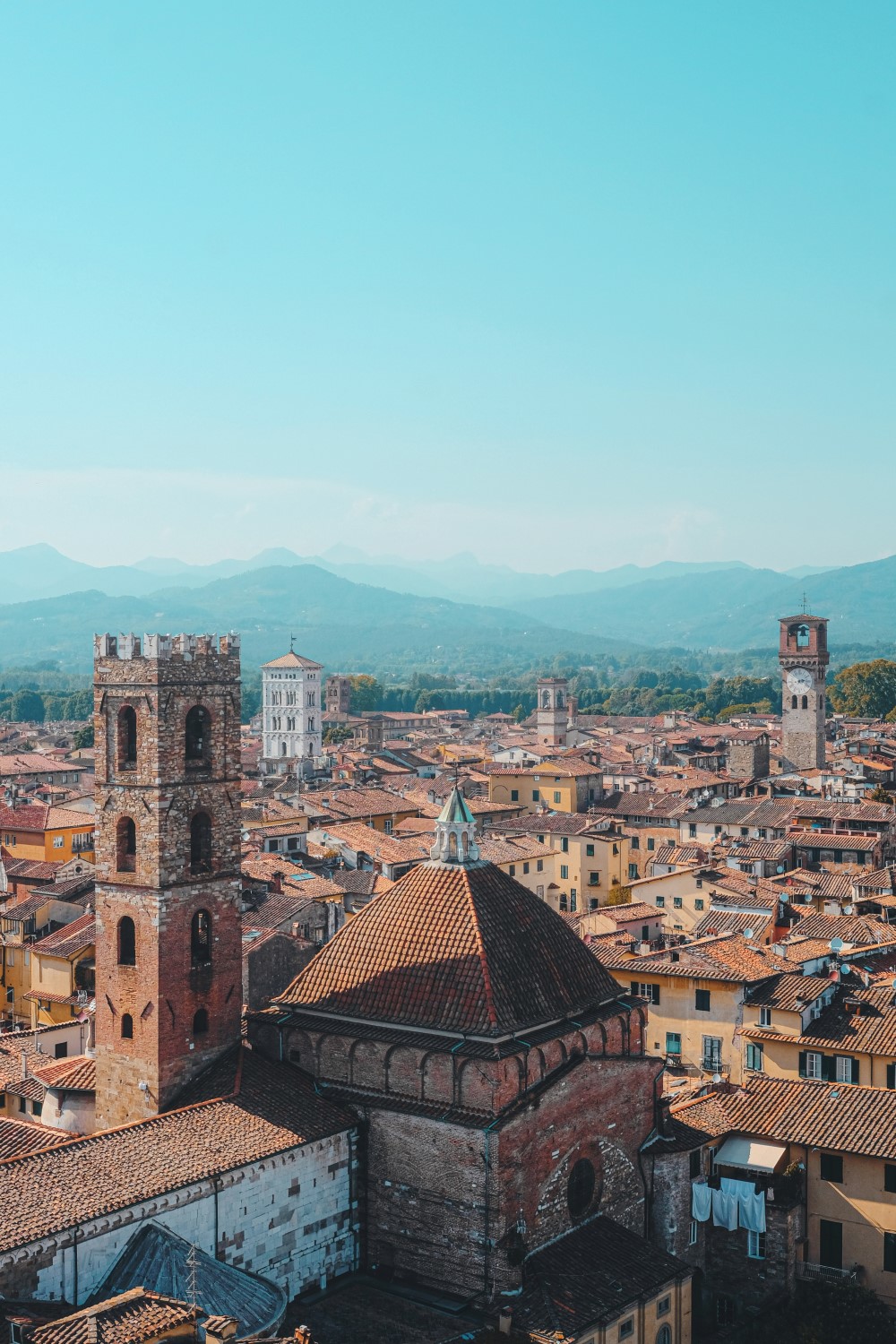

“Lucca is a fully functional year-round city and one that hosts several annual events including the Summer Festival,” says Alessandro Deghè from Knight Frank Lucca. “At present, Oscar winner Dustin Hoffman is here shooting a film, renting an apartment in the centre with his wife. It’s easy to feel part of the community in Lucca, much more than in a larger, impersonal city, another reason why it has been discovered as a second home location.”
Overall, whether looking for a city, country or coastal home, the advice to buyers is to take time to explore and enjoy the experience of discovering the locations and properties on offer. “Spend time absorbing the Italian love of life,” says Blandford-Newson. “There’s nowhere else quite like it.”
Travelling to Italy this summer? Discover our finest Italian properties currently on the market.
